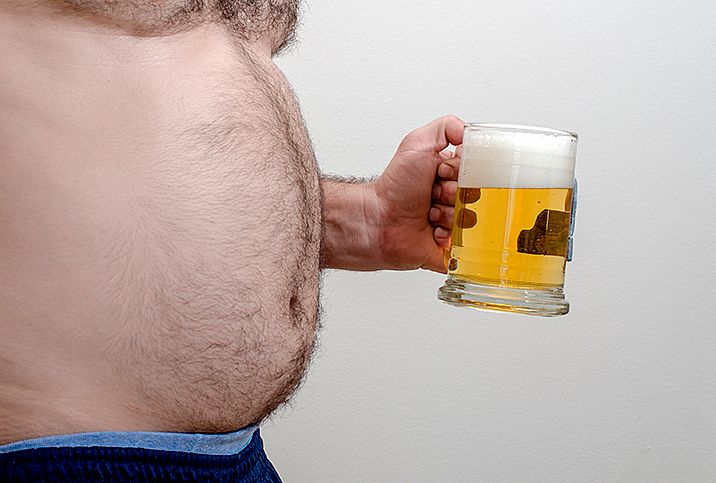How Much Alcohol Is Too Much?

"Drink responsibly" is a phrase most of us have heard in commercials or seen on billboards. We know a lot of the dangers of abusing alcohol, too, such as violence, risky sexual behavior, illness and, for women, a reduction in your chances of getting pregnant. But has anyone ever told you what responsible drinking looks like?
Healthy drinking limits can improve your physical and mental well-being and keep a lot of fertility problems at bay, as well as help you maintain healthy boundaries.
Alcohol has serving sizes
Just like candy, soft drinks, meat and vegetables, alcohol has standard serving sizes. One of the easiest ways to ensure you are drinking responsibly is to stick to a single serving of alcohol.
Keep in mind that potency can vary. Some wine coolers or hard sodas and lemonades are 5 percent absolute alcohol. On the other end of the spectrum, some distilled spirits, such as brandy, gin and tequila, can reach 40 percent absolute alcohol or more. You can usually find the percentage of alcohol on the label, bag or can of whatever you're drinking. Generally, a single serving of alcohol is:
- 5 ounces of wine (5 percent alcohol)
- 1.5 ounces (about one shot) of distilled spirits, such as whiskey, rum or vodka (40 percent alcohol)
- 8.5 ounces of malt liquor (7 percent alcohol)
- 12 ounces of beer, wine coolers, hard teas/lemonades/sodas (5 percent alcohol)
So, having a single glass of wine, a single shot of tequila or a single can of beer would all give you the same amount of pure alcohol: about 0.6 ounces.
Sometimes people overdrink because they don't realize how many servings are in the container. You might think you had a single soda because you only drank one bottle, but if it's a 20-ounce bottle, it actually contains nearly three servings of said beverage, not just one. If a serving size is 8 ounces, a 20-ounce bottle has 2.5 servings (of sodium, sugar, calories and all the rest).
This applies to alcohol: If you drink a 40-ounce bottle of malt liquor, that's nearly five servings of alcohol and well beyond a limit that would keep your mind and body healthy.
What's a responsible limit?
Each person's body is different. A 150-pound 21-year-old who has never drunk alcohol before and a 220-pound 25-year-old who has built up a high tolerance to alcohol are going to react very differently to a single can of beer. The 21-year-old may have more trouble metabolizing the alcohol since it's a toxin they have never introduced into their body before. Meanwhile, the 25-year-old may show no effect whatsoever.
The Centers for Disease Control and Prevention (CDC) recommends a responsible limit for women is one drink a day and for men, two drinks a day.
Generally speaking, a healthy liver can metabolize one serving of alcohol in about an hour. For some females, the process might take a little longer.
A good, low-risk rule of thumb is to enjoy a single serving of alcohol over the course of two hours. Anything more and you start to take a chance of developing psychological and physical issues or worsening medical conditions you may already be dealing with. A good tip to help ensure you drink in moderation is to request a water or club soda to sip alongside whatever alcoholic beverage you're having.
Stay alert, stay healthy
By drinking responsibly, you make sure alcohol doesn't overwhelm your body.
If you start to feel different—mentally or physically—when drinking alcohol, that's a sign you're becoming intoxicated and the alcohol levels in your body are getting too high. Feeling dizzy, becoming more talkative or loud, getting sleepy or other mood or behavioral changes while drinking alcohol are warning signs it's time to stop consuming it and start hydrating with water.
If you're concerned that you may be developing an addiction to alcohol, you can find help by visiting the Substance Abuse and Mental Health Services Administration website or calling their hotline at 1-800-662-HELP (4357).


















